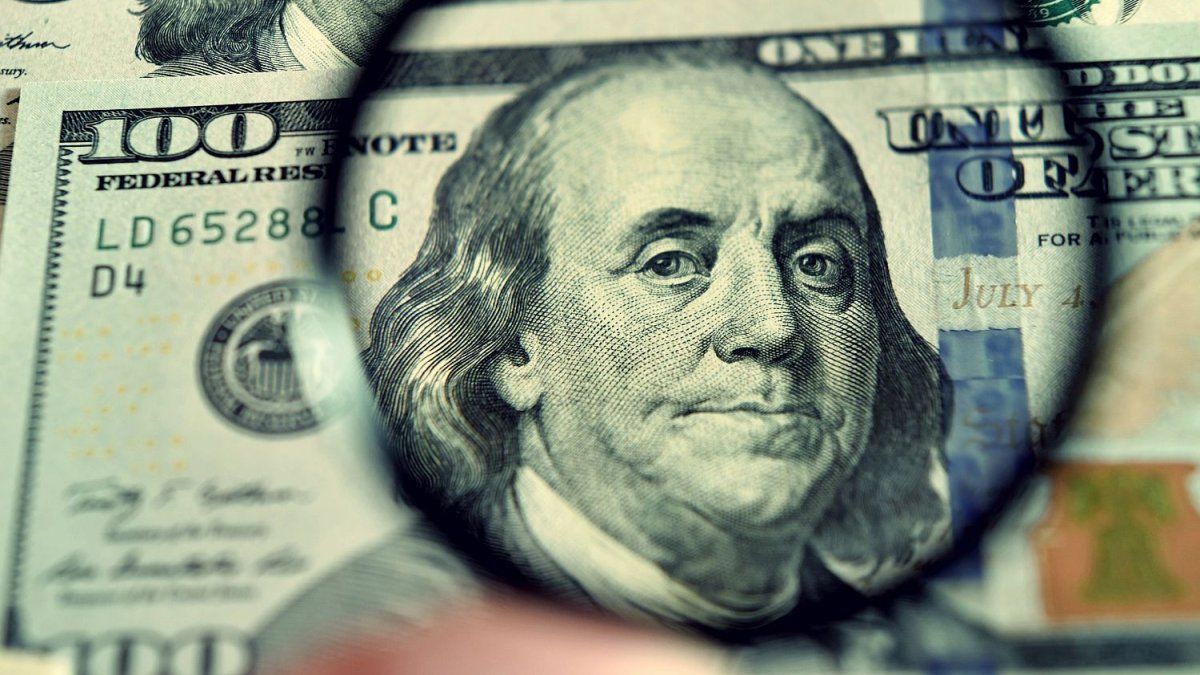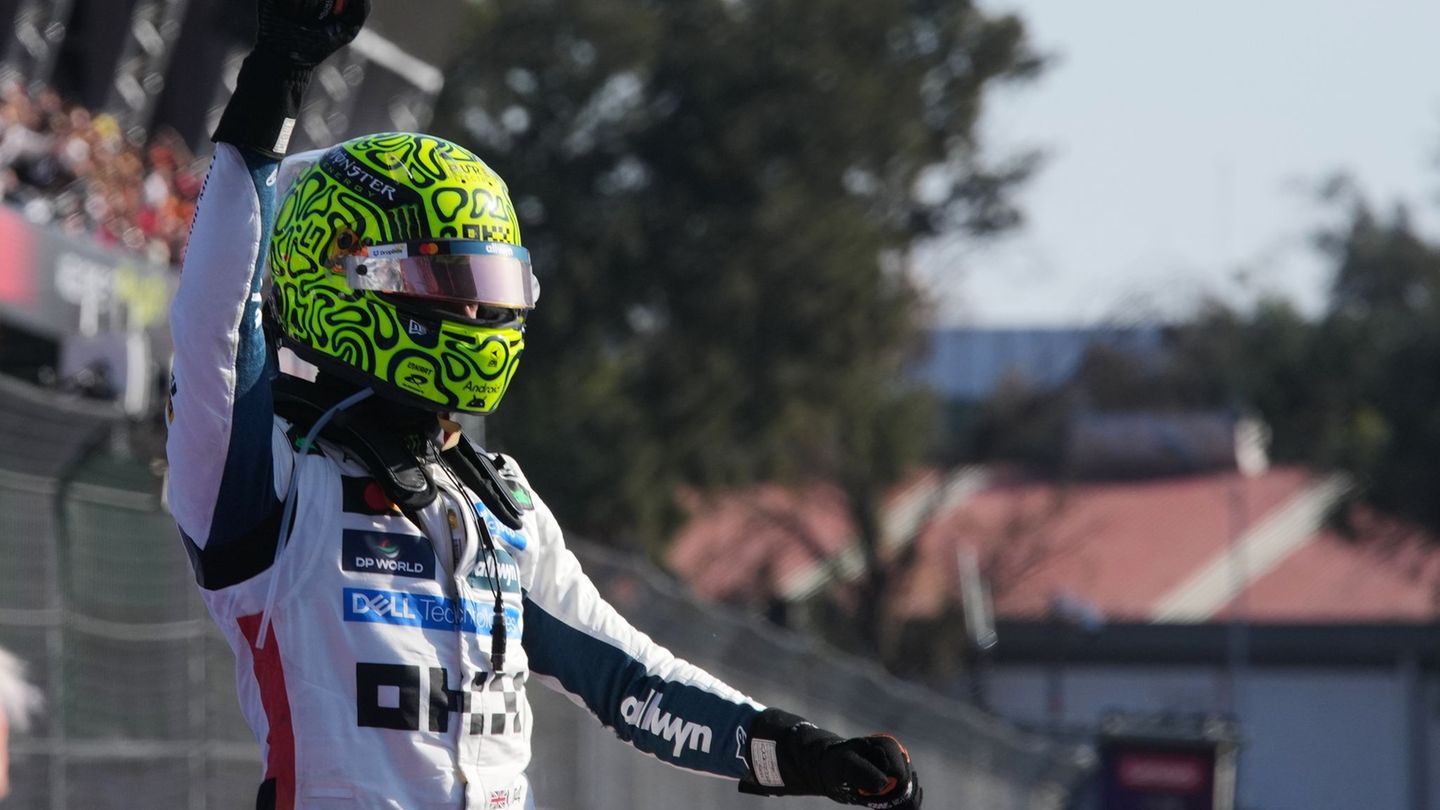What is happening in Ukraine? How did it come to this? How does this affect us? Translating what is happening in the world in such a way that children can understand it was both reason and motivation for launching the children’s news.
>>> www.nachrichten.at/kindernachrichten
For ten years now, the small-format magazine for readers from elementary school age has been delivered to subscribers’ mailboxes every Saturday. So far, 522 issues have been produced in cooperation between “Kleiner Zeitung”, “OÖNachrichten” and “Welt der Frauen”, more than 8000 pages have been prepared for children. “Creating a puzzle and joke booklet was never the focus,” says Petra Prascsaics, who has been with the children’s news as the responsible editor from the beginning.
Because the daily events are also present in the world of young people: “There is no protective wall for the children, the public space is flooded with news,” says Prascsaics. Topics that children are particularly interested in, such as animals or sports, have just as much space in the children’s news as “explanatory stories” from the current news. Volcanic eruptions and similarly spectacular natural events move the target group of elementary school and lower school age. “Trump as an irritant was also interesting. When the word ‘war’ suddenly comes up – as in connection with Ukraine – it’s of course frightening,” says Prascsaics.
She has learned that less is often more: “One central question per article may be explained, and nothing over-explained or over-complicated.” In the end, the effect of the children’s news is clearly foreseeable: “If I enable children to understand a concept like the EU, they will be more likely to ask themselves questions at the next opportunity.” Prascsaics’ son also had to help: “He was six when we started the children’s news and always had to read the newspaper out loud so that I could tell if he understood.” The product has changed over the years. The children themselves were given more space to report – be it about pets, hobbies or their concerns. The children’s reporters, who are actively involved and even interviewed the Federal Chancellor, have become an integral part of children’s news.
Source: Nachrichten




